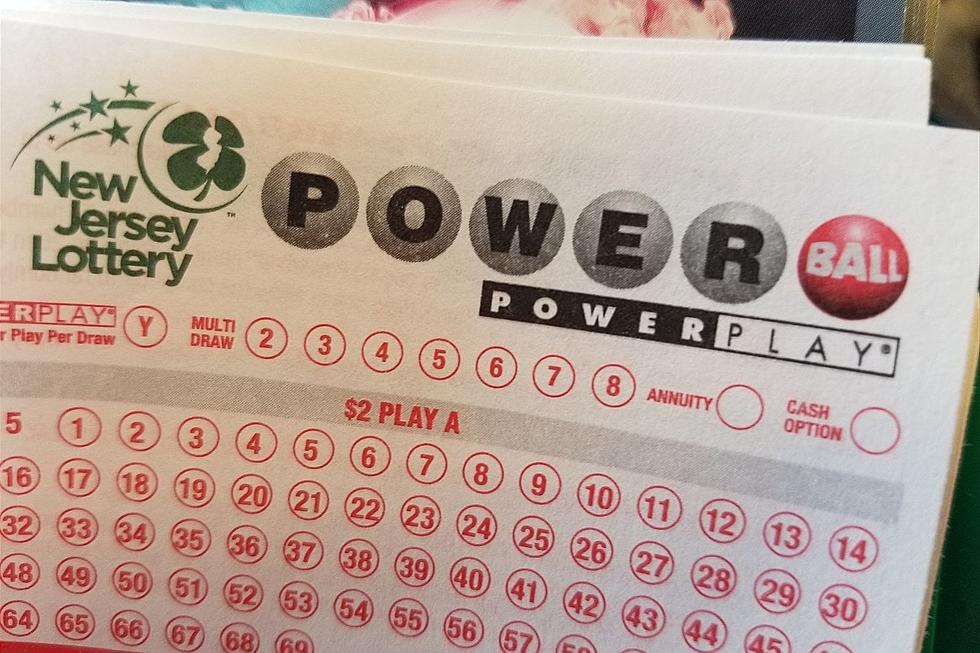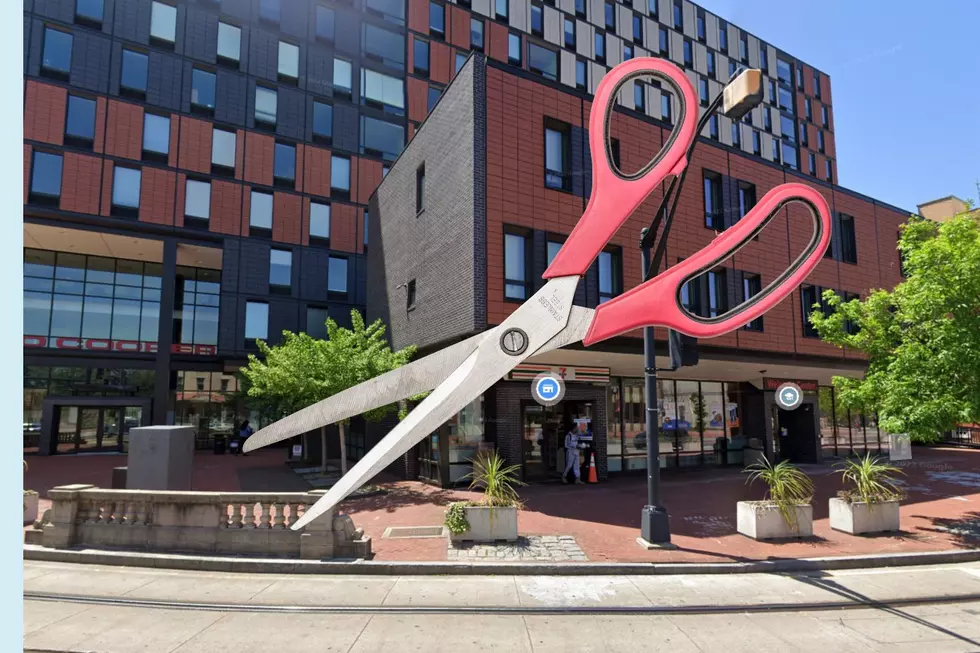
Classroom Spending – Where are Your Education Dollars Going in New Jersey?
The New Jersey Department of Education reports in its new Taxpayer's Guide to Education Spending that per student spending increased .6 percent last year, and is now at $19, 211. You might imagine most of that money would go for classroom expenses, but that is not always the case.
The data shows $8,588 dollars a year is used for classroom costs including teacher salaries, books and supplies, while the rest goes for staff pensions and benefits, administrative costs, debt service, operational costs and transportation.
Lindsey Burke, an education policy fellow at The Heritage Foundation, believes it's a system that appears to be spiraling out of control.
"I think that's probably the only logical conclusion when you have less than half of your per pupil expenditures actually making their way into the classroom," Burke said. "You have a system in which the administrative bloat has really gotten out of control and that puts a tremendous strain on state budgets which is part of what we see playing out here."
According to Burke, the notion of having a lot of school districts -- such as is the case in New Jersey -- could suggest more individual control, which could be a positive, but that's not really the case.
"You could also have a situation in which you see -- which is part of what we're seeing in New Jersey -- a real increase in administrative bloat. This is a system that is working that is working really well for the adults who are in it, it is not working out very well for the children in the system."
Burke said we have seen the academic outcome of students remain virtually flat since the 1970's when we look at mathematics and reading achievement, and graduation rates have also held mostly steady.
"If you're a kid in the system who's trapped in an under-performing school with no school choice right of exit, this is a real problem," she said.
Burke believes the best way to address this problem is to shift to a system in which we are funding the child and not physical school buildings.
"Doing this and establishing a system of school choice would allow parents to have control over their child's share of education funding, and that puts competitive pressure on the public education system to improve and it creates a rising tide that lifts all boats," she said.
More From WPG Talk Radio 95.5 FM










